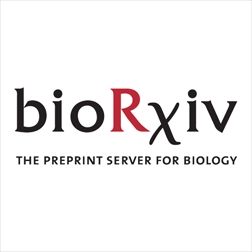
www.nature.com/articles/s41...
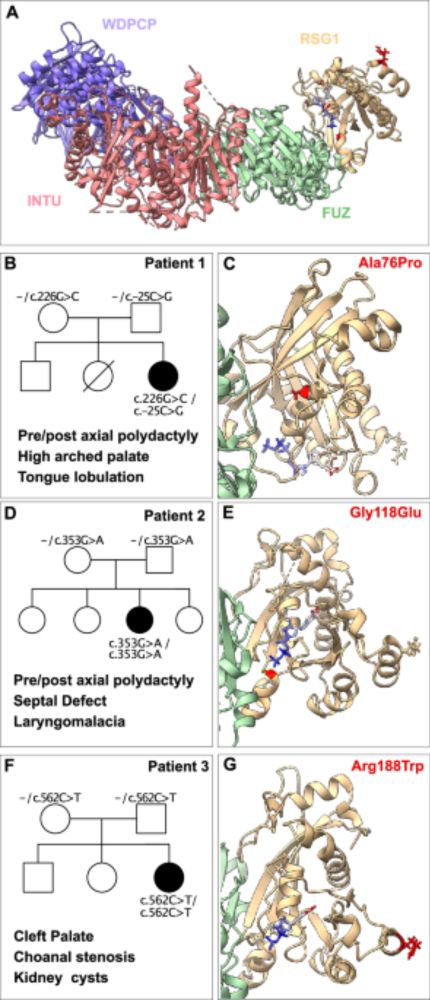
www.nature.com/articles/s41...
Post-doc @stochastalive.bsky.social shares this week's image showing a dorsal view of the human embryonic forebrain at Carnegie Stage 16 (~6 weeks post conception). Major regions marked by FOXG1, WNT8B, PAX6, and SHH are displayed.

Post-doc @stochastalive.bsky.social shares this week's image showing a dorsal view of the human embryonic forebrain at Carnegie Stage 16 (~6 weeks post conception). Major regions marked by FOXG1, WNT8B, PAX6, and SHH are displayed.
A rigorous mathematical foundation for Waddington's landscape to study cell fate decision making
Applied to ventral neural tube development
www.biorxiv.org/content/10.1...
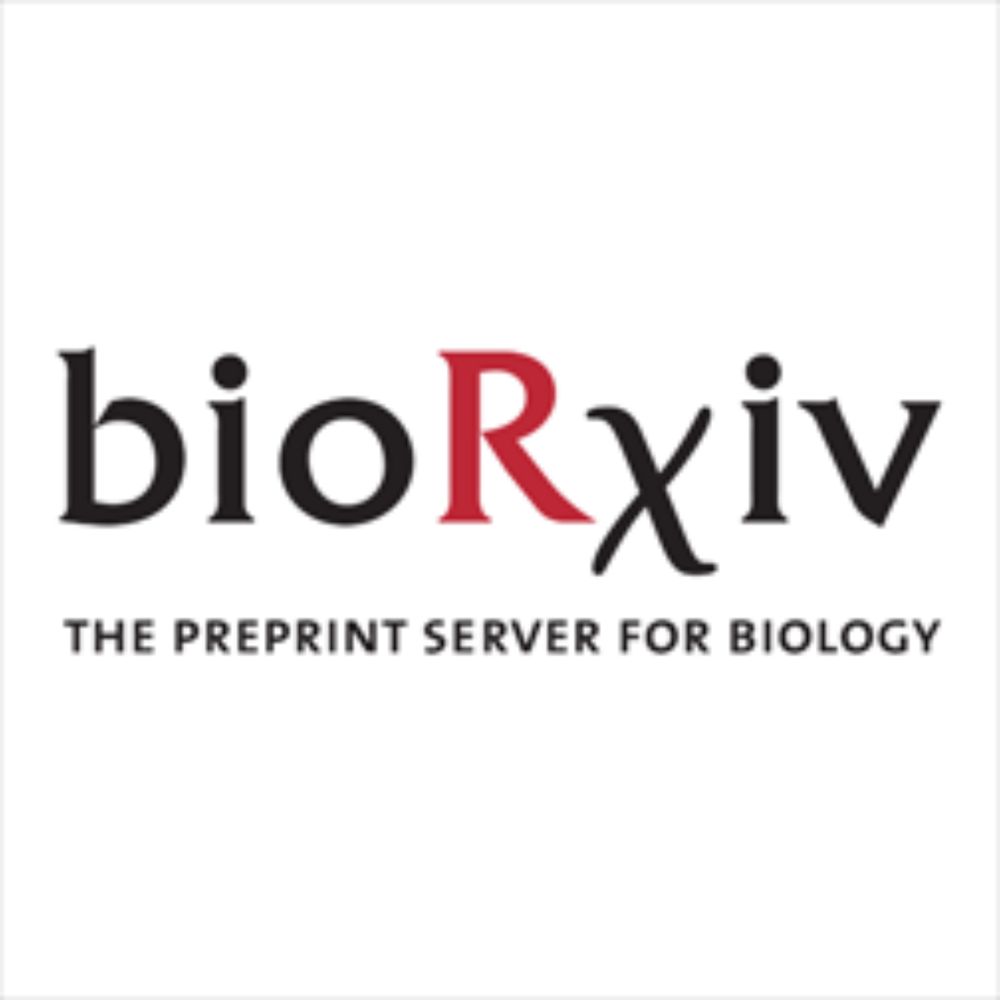
A rigorous mathematical foundation for Waddington's landscape to study cell fate decision making
Applied to ventral neural tube development
www.biorxiv.org/content/10.1...

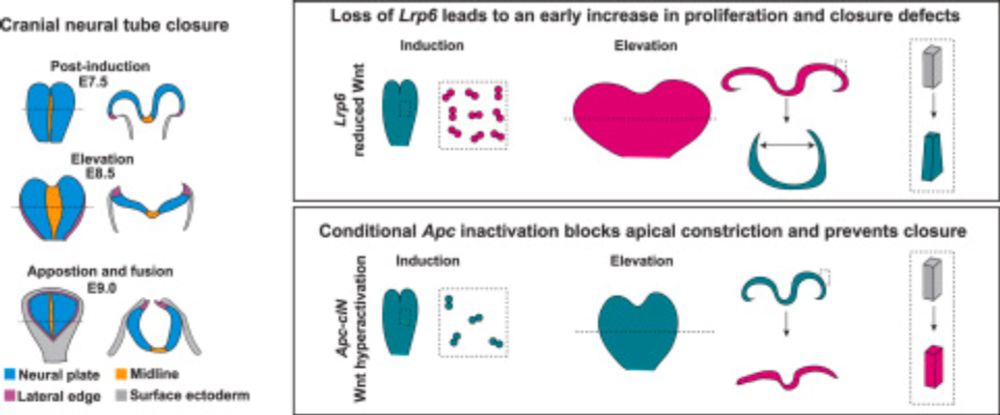
Neural tube closure! Wnt signaling! Cell proliferation! Quantitative microscopy! What’s not to love?
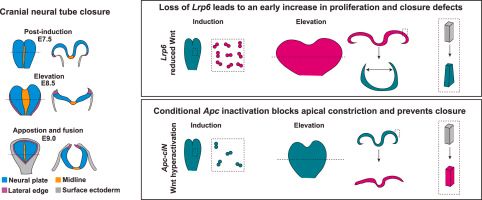
Neural tube closure! Wnt signaling! Cell proliferation! Quantitative microscopy! What’s not to love?
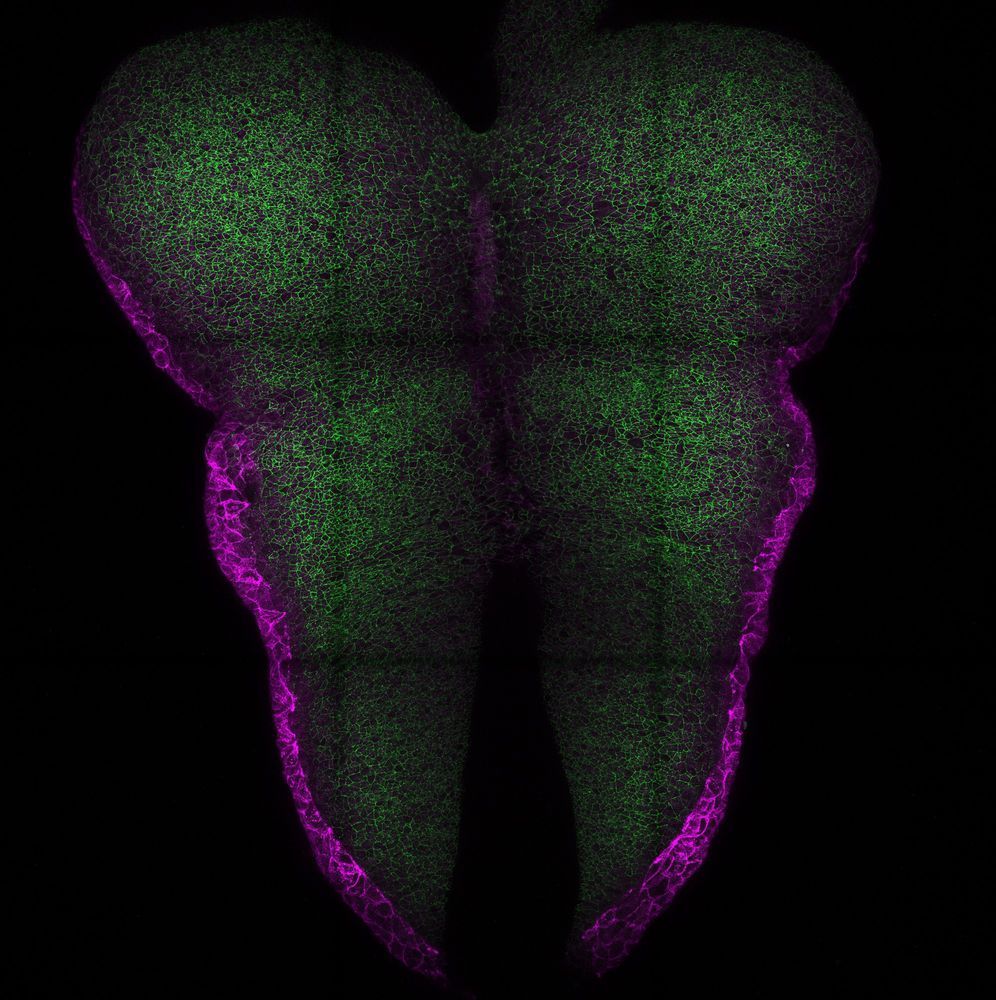
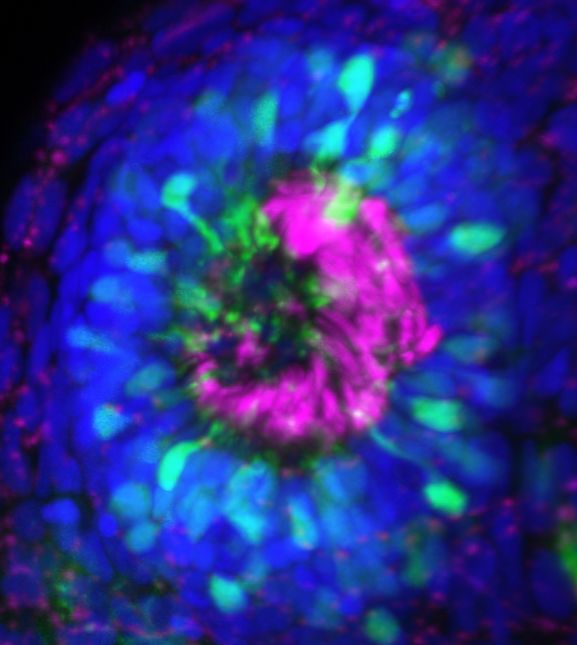

More words fall beneath
The stoke of my delete key
Concision triumphs
More words fall beneath
The stoke of my delete key
Concision triumphs
🔗 https://elifesciences.org/articles/105042?utm_source=bluesky&utm_medium=social&utm_campaign=organic_insights

🔗 https://elifesciences.org/articles/105042?utm_source=bluesky&utm_medium=social&utm_campaign=organic_insights
